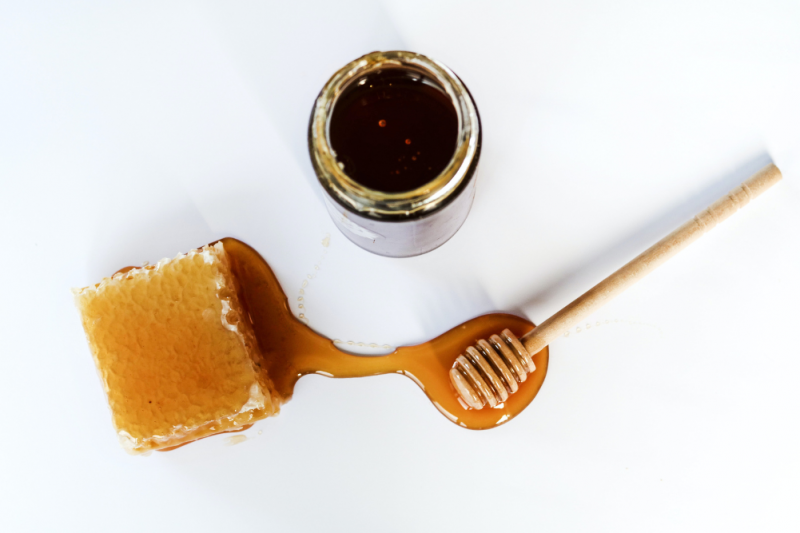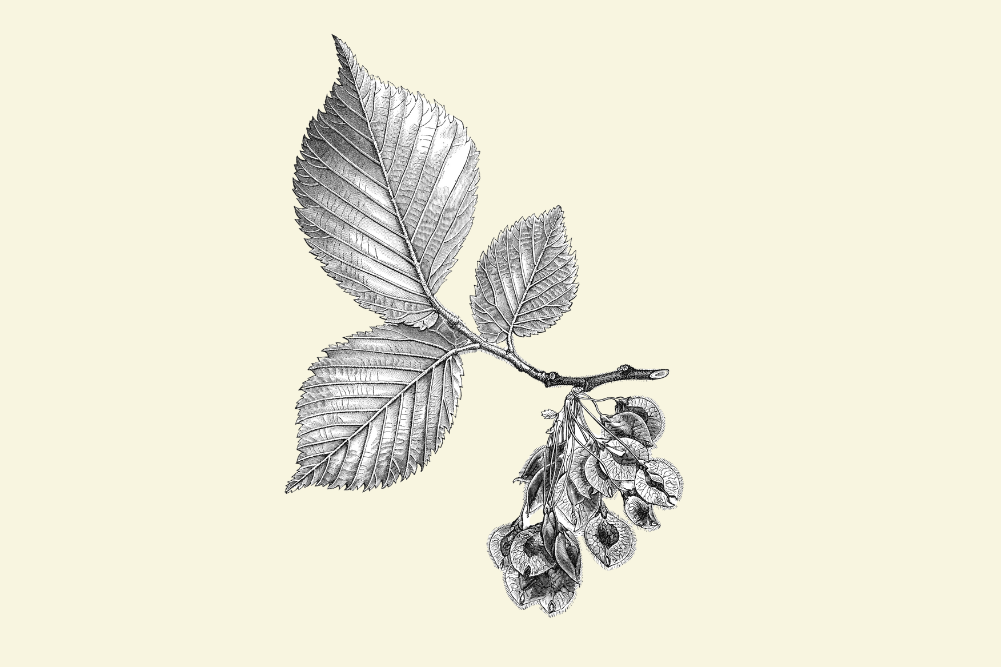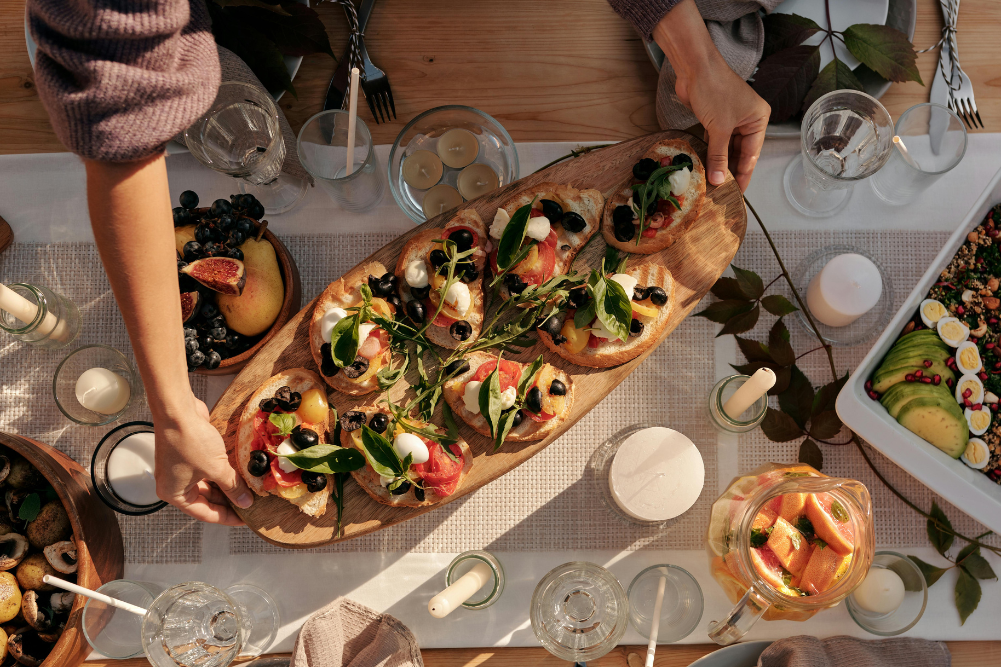How to cook and heal with honey
Honey is a delicious food that can be enjoyed on its own, added to drinks or included in sweet or savoury dishes. In addition to its subtle taste, which can vary from fruity to smoky depending on the floral source, it is revered around the world as an important natural medicine that provides the body with energy and nutrients.
The sweet golden liquid that is honey has had a long history of use as a food and medicine dating back to ancient times where Egyptians, Greeks and Romans used honey to heal wounds, ease coughs and infections and treat diseases of the gut. Honey is also valued in Ayurvedic and Traditional Chinese Medicine for its healing powers and as nourishment for vital organs in the body. As a food, honey is both versatile and tasty but, as with anything, you want to be sure that you get the best-quality honey available.
Honey as a functional food
“Raw honey” is honey as it exists in the beehive. It is made by extracting the honey from the honeycomb and pouring it through a mesh or cloth that sifts out impurities such as beeswax and dead bees. Raw honey contains an array of vitamins and minerals including B vitamins, vitamin C, calcium, iron, magnesium, potassium, chromium, selenium and zinc. It also contains flavonoids and phenolic acids that act as antioxidants to help neutralise free-radicals in the body that contribute to cell damage and chronic disease.
Raw honey, in particular Manuka honey, has been proven to be beneficial for treating wounds, to speed up healing time and prevent infection. Manuka honey is known for its impressive antibacterial properties, producing around 50 times the anti-microbial action of other honey varieties. Manuka is particularly soothing for sore throats with its anti-inflammatory and antiviral properties. A teaspoon of Manuka honey added to hot ginger and lemon tea is a perfect way to relieve a sore throat. Honey also works as a cough suppressant, helping to ease persistent coughs, and is a common ingredient in over-the-counter and herbal cough medicines and lozenges.
Honey has been found to be useful for people who suffer from seasonal allergies. Research from Xavier University in New Orleans, USA, supports the benefits of consuming locally sourced raw honey for the treatment of seasonal allergies due to pollen. Consuming one teaspoon of raw honey daily was found to slowly build up tolerance to pollens, which helped reduce the severity of allergy symptoms.
Raw honey can also be beneficial for improving gut health as it contains high amounts of prebiotics, which feed beneficial gut bacteria to help them grow and flourish.
If honey is sourced straight from the beehive and is completely unprocessed, it contains a number of other healthful elements such as bee pollen and bee propolis that give honey additional health benefits. Bee pollen and bee propolis (a sticky substance that holds beehives together) have been found to have antioxidant, anti-inflammatory, antibacterial and anti-cancerous properties.
Varieties of honey
There is a wide variety of different types of honey available at grocers and local growers’ markets. Depending on where the honey is from and the type of flowers the bees visit, it will give the honey a unique flavour and colour. Honeybees are clever, when they visit a patch of mixed flowers, the scout bee leaves behind a special perfume so all of the worker bees will know to only collect nectar from that one type of flower. It takes 300 bees around three weeks to gather 450g of honey. Each bee can visit thousands of blossoms every day, busily collecting nectar and pollen for food and for making honey. In the process, bees perform the vital service of pollinating our fruit and vegetables, producing plants.
Australia has the widest variety of honey flavours and colours of any country due to the large range of flowers that grow here. Some popular varieties include blue gum, Karri, yellow box, stringy bark, ti-tree, white clover and leatherwood.
It is important, however, when you are buying honey to read the labels carefully because not all honey is created equal. There is a difference between 100 per cent pure raw honey, organic honey and commercial honey.
Pure raw honey
This type of honey has not been processed in anyway, meaning it hasn’t been heated or filtered. Raw honey is strained but will often still contain small pieces of pollen, honeycomb and beeswax, so it will have a cloudy appearance compared to filtered commercial honey.
When you buy raw honey from your local bee farmer or at a farmers’ market, you know the origin of the honey and by choosing to pay a fair price for premium Aussie pure raw honey, you will be supporting Australian bee farmers. If you want to find your nearest beekeeper, Save the Bees Australia has created a handy community honey map, which connects consumers to their local beekeepers Australia wide (beethecure.com.au).
Commercial honey
Commercial honey is processed and there is often some heating involved. This makes the honey smoother, less likely to crystalise and it helps to increase shelf life.
Organic honey
Organic honey is produced from bee farms that follow strict standards of organic beekeeping. The bees must get nectar from flowers that have not been sprayed with chemical pesticides and herbicides, and antibiotic use is also not permitted. Apiaries need to be located outside a five-kilometre radius of any pollution sources that could contaminate the bees. This requirement makes it exceedingly difficult for any beekeeper near a city to achieve full organic status.
Cooking with honey
There are many delicious ways to enjoy honey as it is extremely versatile and can be incorporated into drinks and both sweet and savoury dishes. Honey is delicious added to herbal teas, chai and warm turmeric, cinnamon or cacao drinks. It is perfect for naturally sweetening healthy desserts, bliss balls, baked goods, porridge and homemade granola.
Honey is also a delicious way to add extra flavour to savoury dishes such as stir-fries, vinaigrettes or tahini salad dressings and marinades for fish and chicken. Honey with honeycomb makes a lovely addition to cheese boards and grazing platters. Blue cheese, feta and creamy cheeses such as Brie, goat’s and Camembert pair particularly well with a drizzle of honey.








